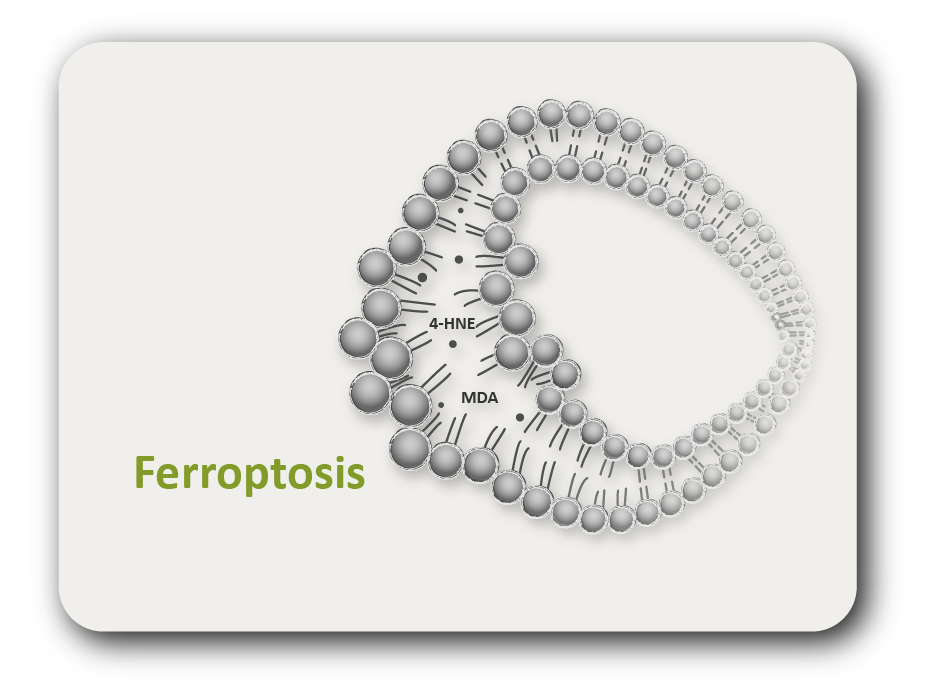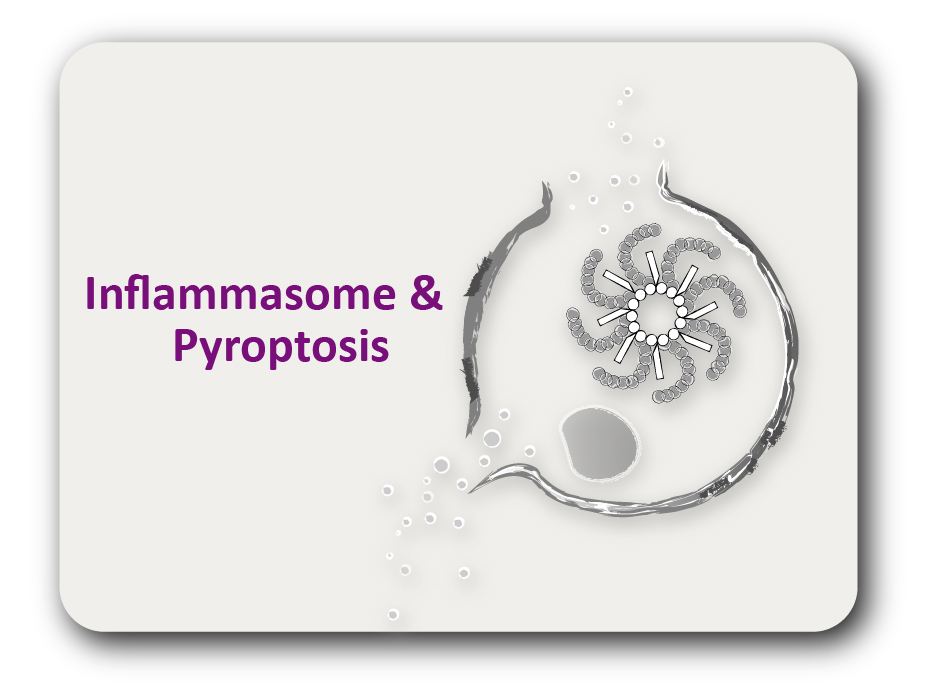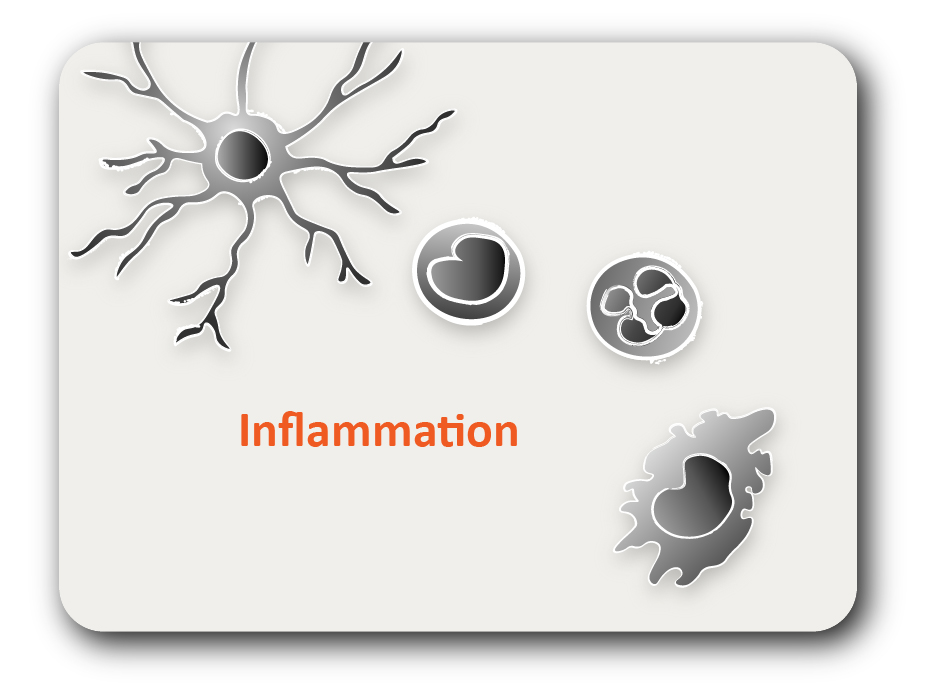ARG70531
Mouse TIGIT recombinant protein (His-tagged)
Mouse TIGIT recombinant protein (His-tagged) for SDS-PAGE
Overview
| Product Description | CHO expressed, His-tagged Mouse TIGIT recombinant protein |
|---|---|
| Tested Application | SDS-PAGE |
| Target Name | TIGIT |
| A.A. Sequence | Gly26 - Thr143 |
| Expression System | CHO |
| Alternate Names | TIGIT; T Cell Immunoreceptor With Ig And ITIM Domains; VSIG9; VSTM3; V-Set And Immunoglobulin Domain-Containing Protein 9; V-Set And Transmembrane Domain-Containing Protein 3; T-Cell Immunoreceptor With Ig And ITIM Domains; DKFZp667A205; VSIG9, VSTM3; FLJ39873; V-Set And Immunoglobulin Domain Containing 9; Washington University Cell Adhesion Molecule; V-Set And Transmembrane Domain Containing 3; WUCAM |
Properties
| Form | Powder |
|---|---|
| Purification Note | Endotoxin level is less than 0.1 EU/µg of the protein, as determined by the LAL test. |
| Purity | > 95% (by SDS-PAGE) |
| Buffer | PBS (pH 7.4) |
| Reconstitution | It is recommended to reconstitute the lyophilized protein in sterile water to a concentration not less than 200 μg/ml and incubate the stock solution for at least 20 min at room temperature to make sure the protein is dissolved completely. |
| Storage Instruction | For long term, lyophilized protein should be stored at -20°C or -80°C. After reconstitution, aliquot and store at -20°C or -80°C for up to one month. Storage in frost free freezers is not recommended. Avoid repeated freeze/thaw cycles. Suggest spin the vial prior to opening. |
| Note | For laboratory research only, not for drug, diagnostic or other use. |
Bioinformation
| Gene Symbol | TIGIT |
|---|---|
| Gene Full Name | T Cell Immunoreceptor With Ig And ITIM Domains |
| Background | This gene encodes a member of the PVR (poliovirus receptor) family of immunoglobin proteins. The product of this gene is expressed on several classes of T cells including follicular B helper T cells (TFH). The protein has been shown to bind PVR with high affinity; this binding is thought to assist interactions between TFH and dendritic cells to regulate T cell dependent B cell responses.[provided by RefSeq, Sep 2009] |
| Function | Acts also as a receptor for NECTIN4 to inhibit NK cell cytotoxicity. [Uniprot] |





